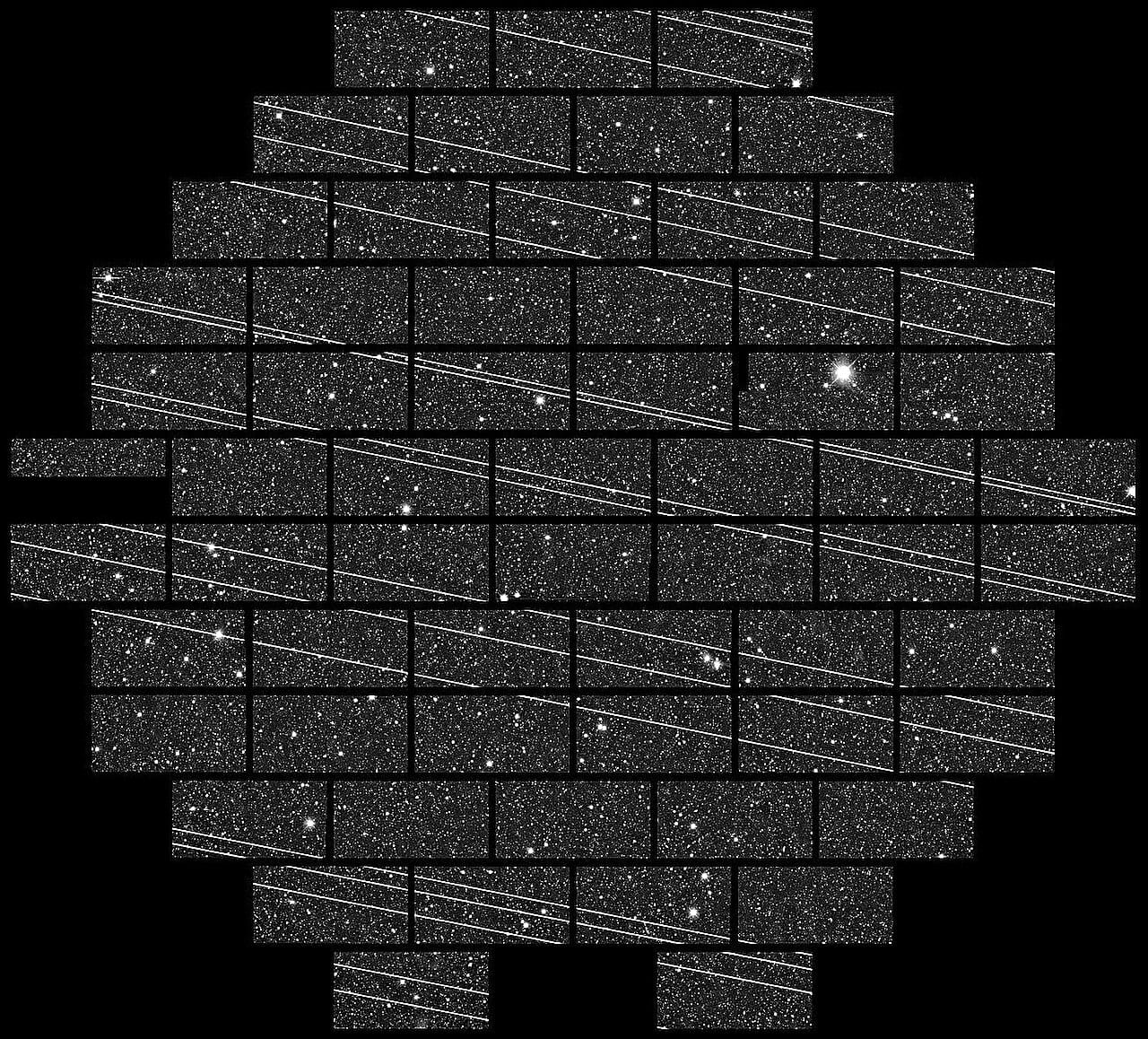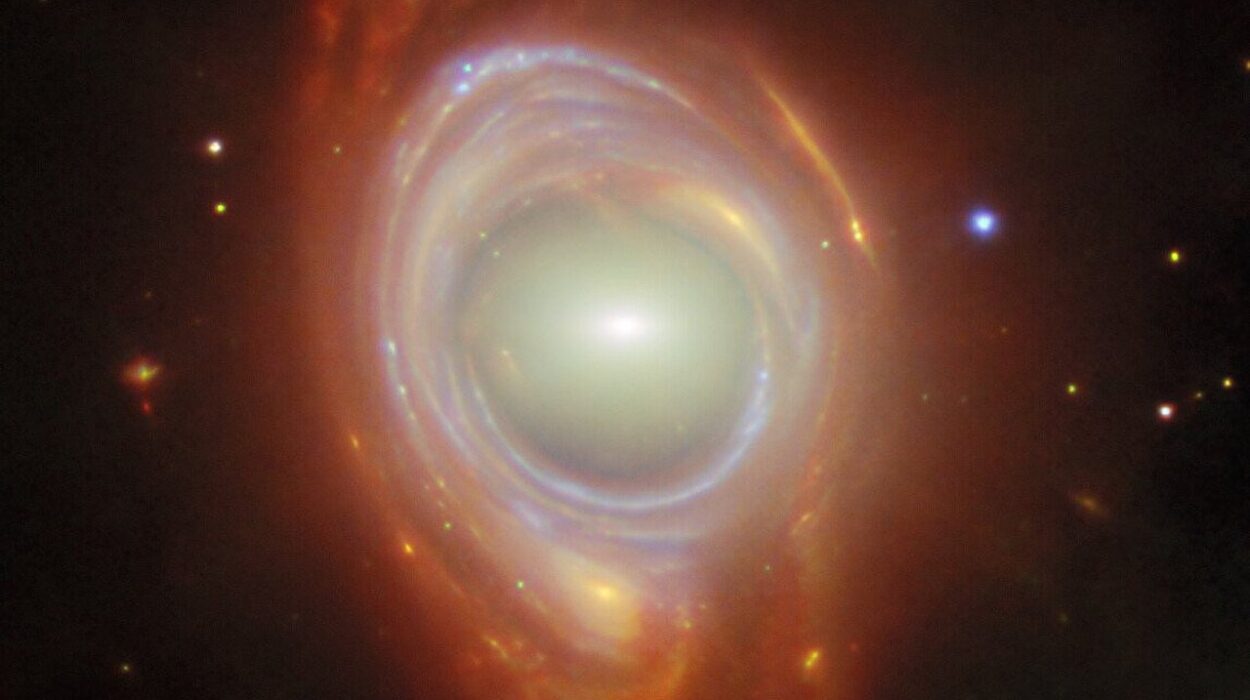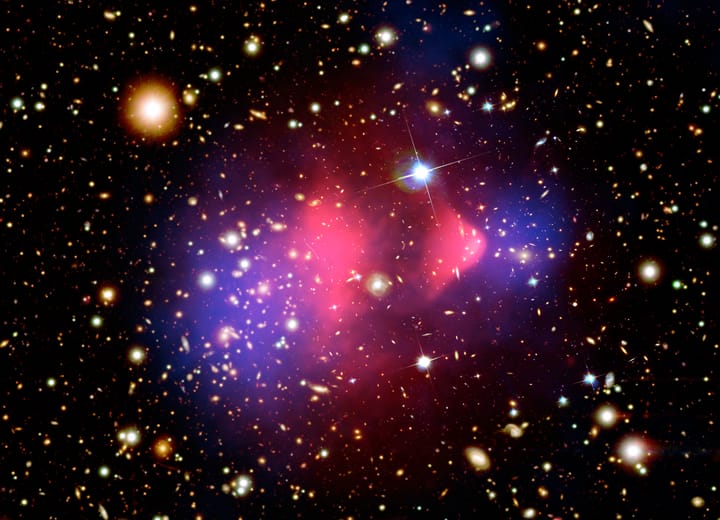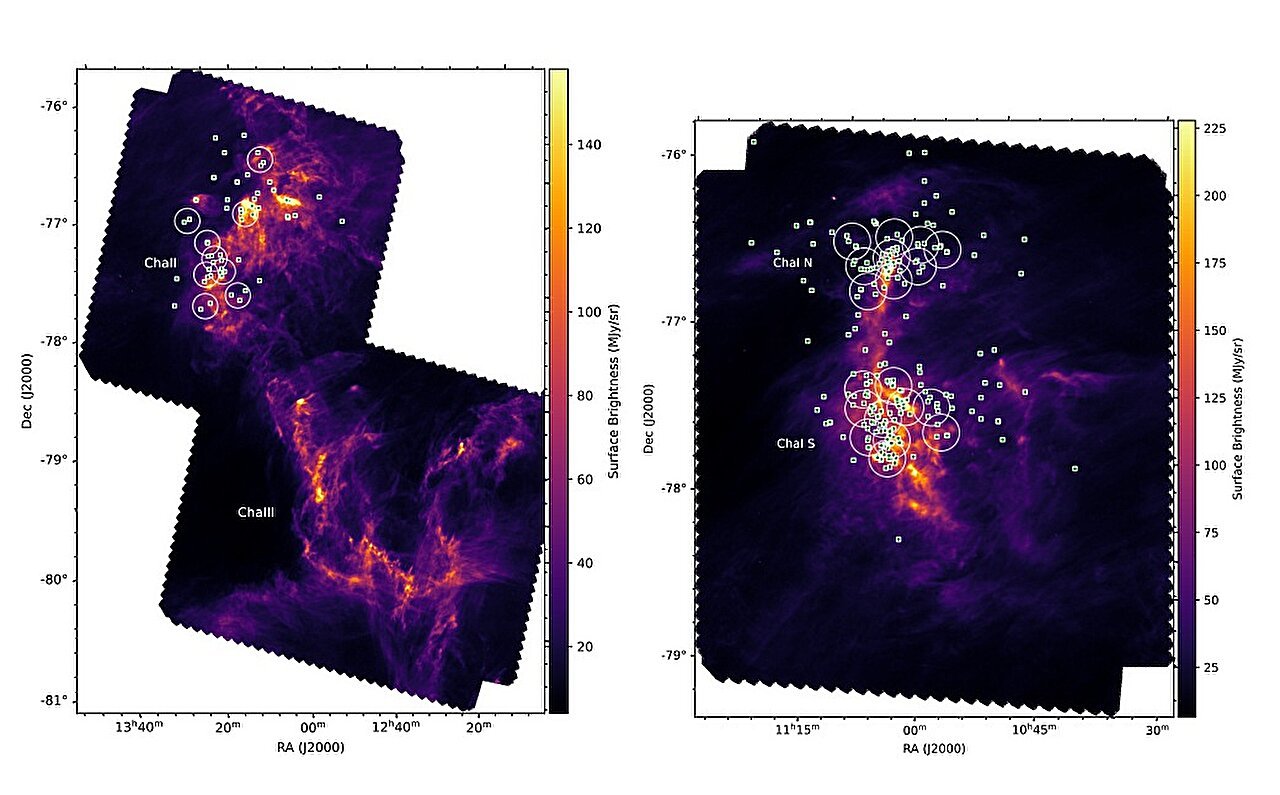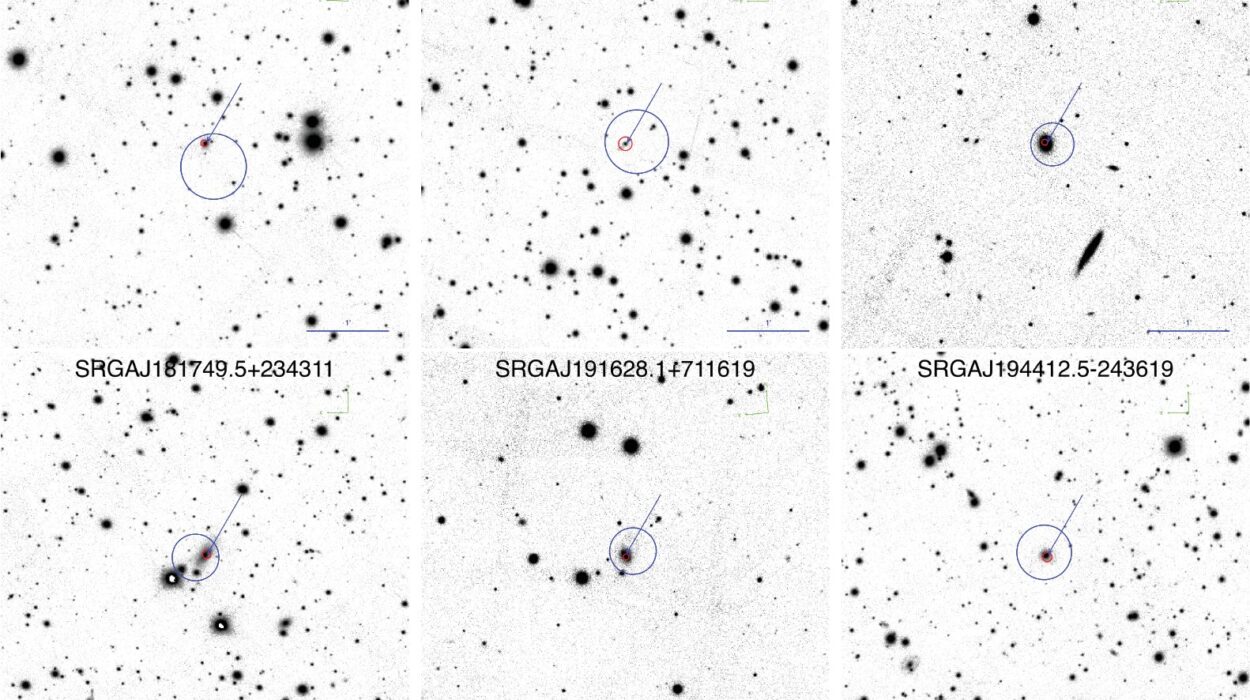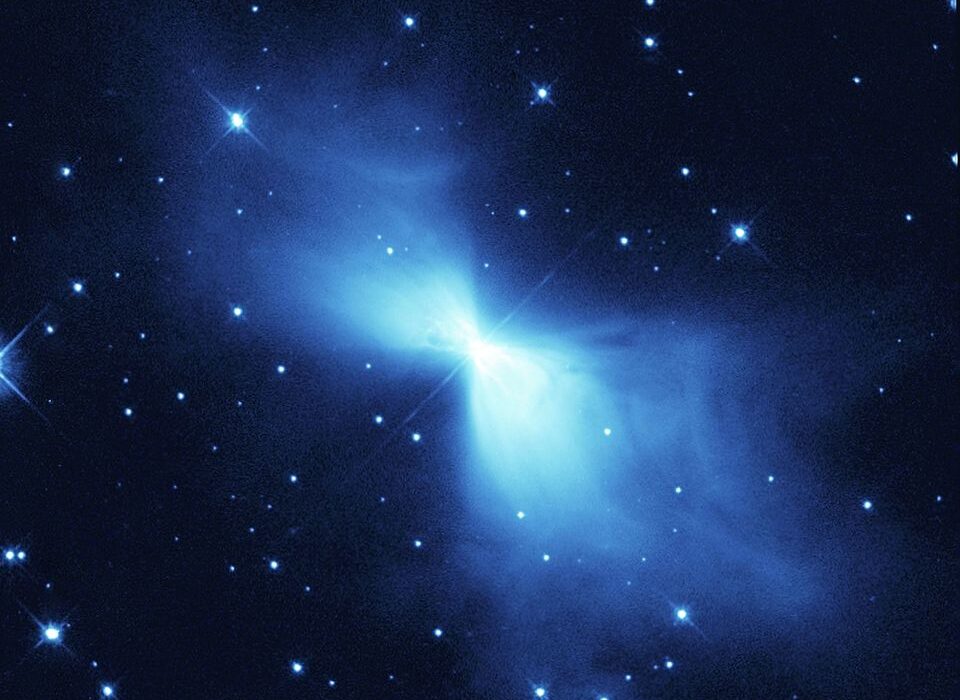For decades, the search for extraterrestrial intelligence has meant listening for faint whispers from the stars — radio beacons, laser pulses, or other intentional signals sent across light-years. But a new study suggests we may have been overlooking something far closer to home: alien probes or artifacts already here, quietly residing somewhere in our own solar system.
Instead of straining to detect signals from distant worlds, scientists are now exploring whether physical objects from advanced civilizations might be lurking in our neighborhood — perhaps unnoticed among the vast number of human-made satellites and space debris that now crowd our skies.
The Challenge of a Cluttered Sky
If an alien probe were orbiting near Earth, finding it would be like spotting a single unique snowflake in a blizzard. Modern orbital space is an extraordinarily noisy environment: thousands of active satellites, tens of thousands of defunct ones, and millions of small fragments reflecting sunlight back to our telescopes.
For astronomers, this “contamination” makes the search for anything unusual incredibly difficult. “The problem,” explained lead researcher Beatriz Villarroel of Stockholm University, “is that human technology already fills our skies with artificial reflections. To find something non-human, we need a way to filter all that out.”
Earth’s Shadow: Nature’s Perfect Filter
The team’s innovative solution was to use Earth’s own shadow as a kind of natural filter. At night, our planet casts a vast cone of darkness into space — a region where sunlight cannot reach satellites or debris, meaning no glints, no flashes, and no solar reflections from human-made clutter.
For objects at geosynchronous orbit — about 35,700 kilometers above Earth — the base of this shadow stretches roughly 8 to 9 degrees across. It’s like a cosmic blind spot where anything that does shine would stand out in sharp relief.
Since human spacecraft rarely carry bright light sources — with a few exceptions like communication lasers or engine burns — any flash or streak in this zone would be particularly interesting. It could be a meteor, an untracked asteroid… or, conceivably, something far more exotic.
Sifting Through 200,000 Snapshots of the Night
To put their method to the test, the researchers turned to data from the Zwicky Transient Facility (ZTF), a powerful telescope in California that scans the sky every night looking for changes — new stars, exploding supernovae, moving objects.
Using more than 200,000 images, they applied their automated detection system, NEOrion, which flags unusual flashes or streaks within Earth’s shadow. The algorithm is designed to rapidly sift through massive datasets, separating the mundane from the intriguing.
The results were both exciting and humbling. Thousands of candidates were found, but the vast majority turned out to be ordinary: meteors burning up in the atmosphere, aircraft, or known asteroids already catalogued by astronomers.
A Mystery That Won’t Go Away
Among the findings, one object stood apart. It was uncatalogued, moving faster than a typical asteroid, and absent from all known space-object databases. For a brief moment, it was a tantalizing mystery. Could it be a new type of natural body? A fragment from an unknown spacecraft? Or — however unlikely — a piece of alien technology?
Unfortunately, the team could not track it long enough to determine its nature. Without follow-up observations, its identity remains unresolved, lingering in the gray zone between “probably natural” and “possibly extraordinary.”
Searching the Past for Signs of the Extraordinary
The research didn’t stop at modern sky surveys. Villarroel’s team is also exploring historical astronomical photographs taken before 1957 — the year Sputnik became the first human-made satellite. If something artificial appeared in the sky back then, it could not have been ours.
Another avenue of investigation involves analyzing the color spectra of suspicious objects. Materials weathered by centuries in space develop unique signatures, allowing scientists to potentially distinguish between fresh debris and ancient artifacts.
A Proof of Concept with Big Implications
While this study did not uncover definitive evidence of alien technology, it showed that such searches are possible — right now — using existing telescopes and data analysis tools. For the first time, astronomers have a systematic method to hunt for non-human artifacts in Earth’s vicinity without being overwhelmed by human-made clutter.
The team’s next step is the ExoProbe Project — a network of coordinated telescopes designed specifically for this purpose. By capturing simultaneous observations from different locations, ExoProbe will be able to calculate precise distances and trajectories for any suspicious objects, ruling out false positives and narrowing down real candidates.
The Search Quietly Continues
The idea that alien technology could be hiding in plain sight is both thrilling and unsettling. It’s a reminder that the search for life beyond Earth doesn’t always require giant leaps across the galaxy — sometimes, it’s about looking carefully at the space just beyond our own atmosphere.
As Villarroel and her team refine their methods, the possibility grows that one day, a faint flash in the darkness of Earth’s shadow could be the first sign that we are not alone — and that someone, somewhere, has been watching for a very long time.
More information: Beatriz Villarroel et al, A Cost-Effective Search for Extraterrestrial Probes in the Solar System, Monthly Notices of the Royal Astronomical Society (2025). DOI: 10.1093/mnras/staf1158
